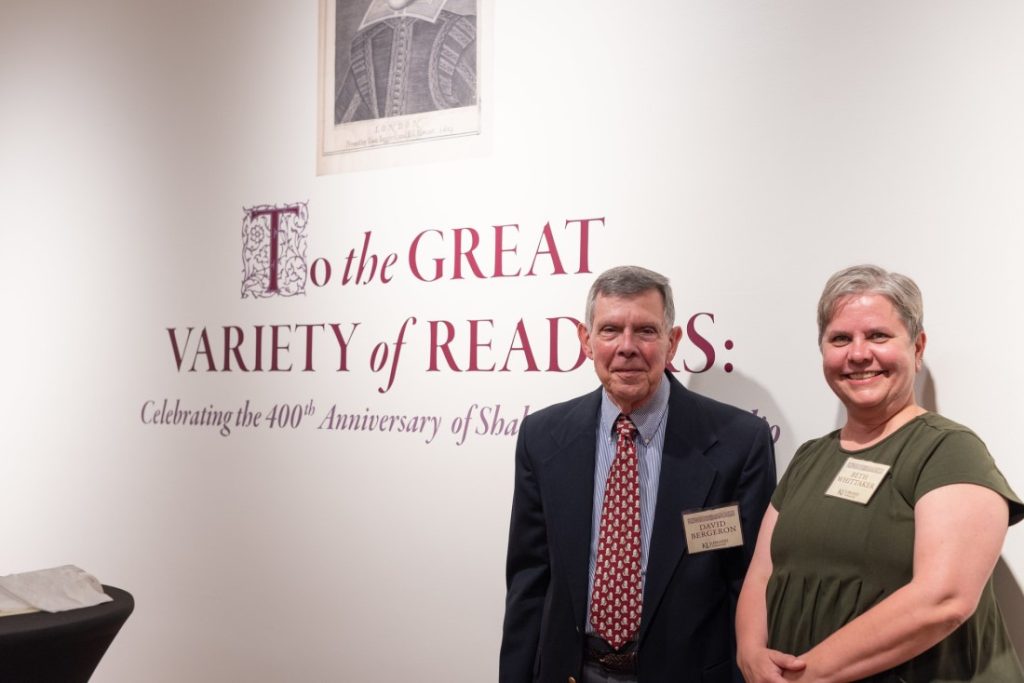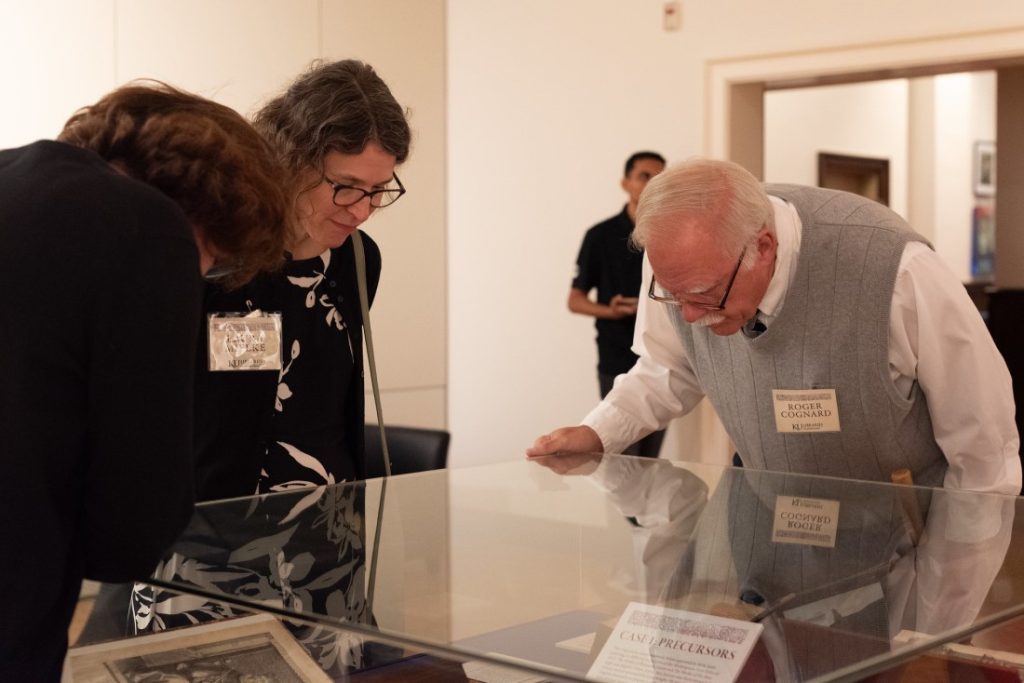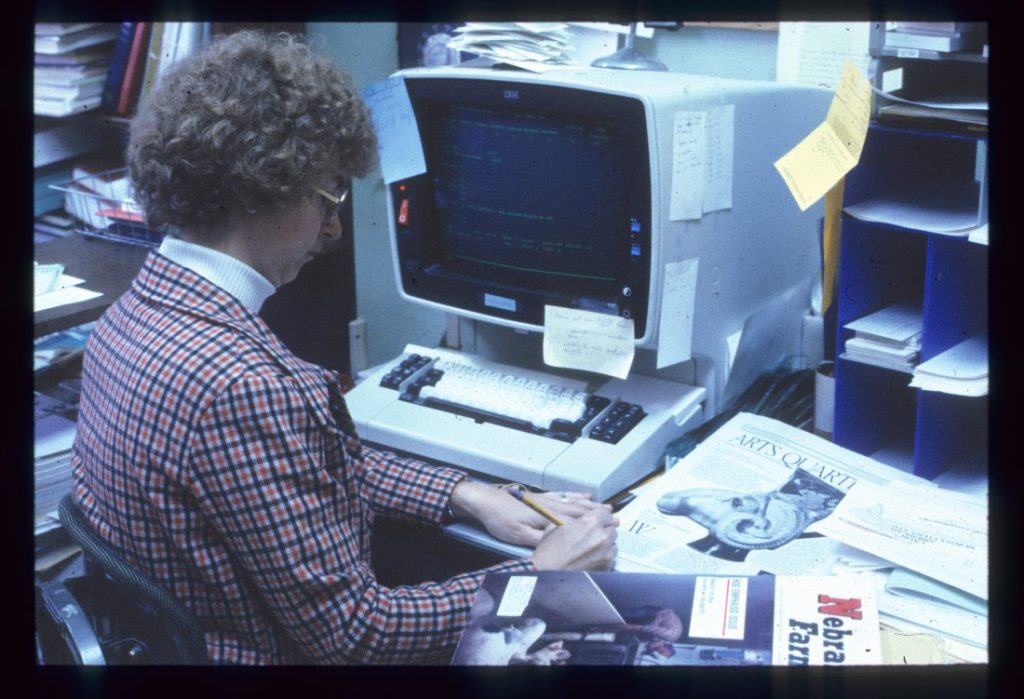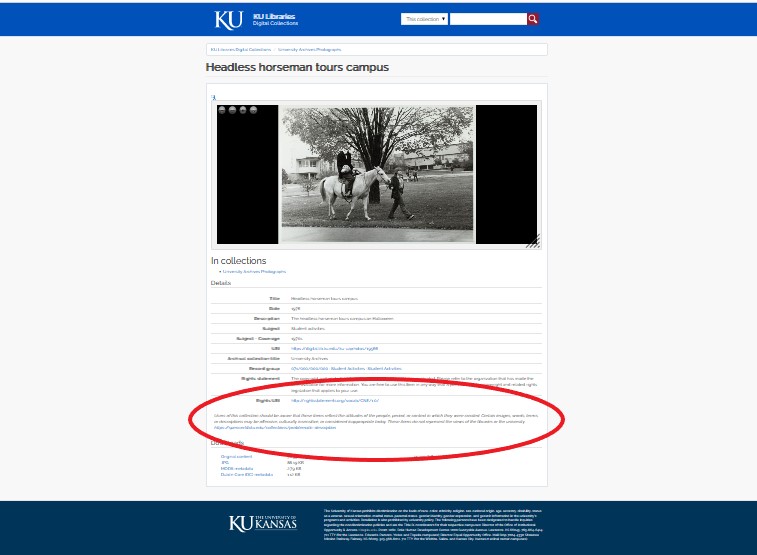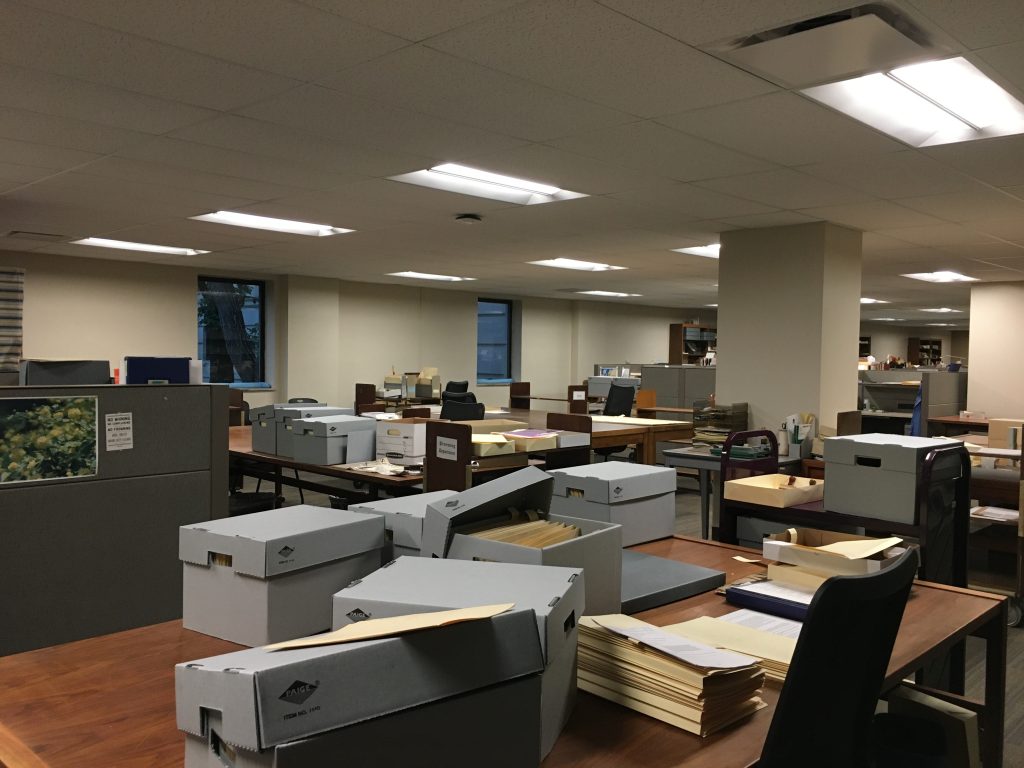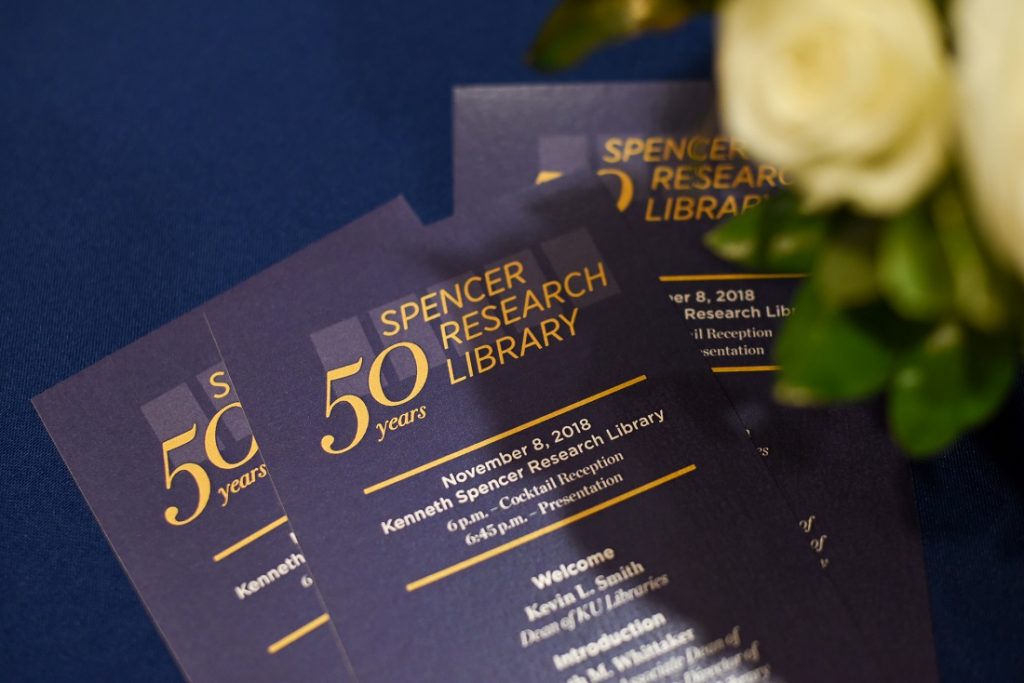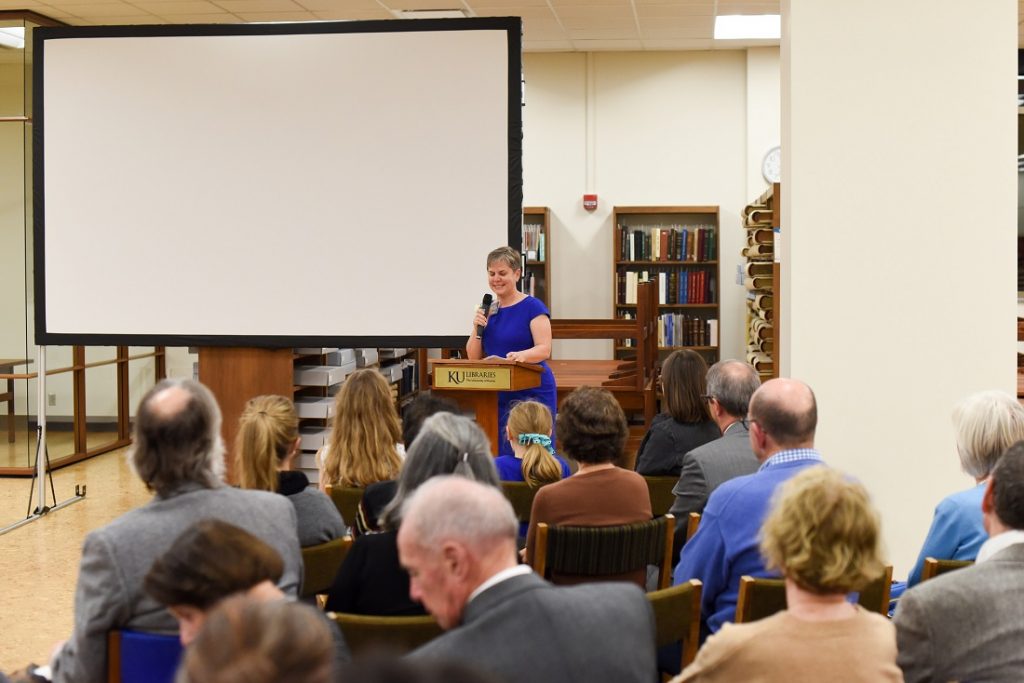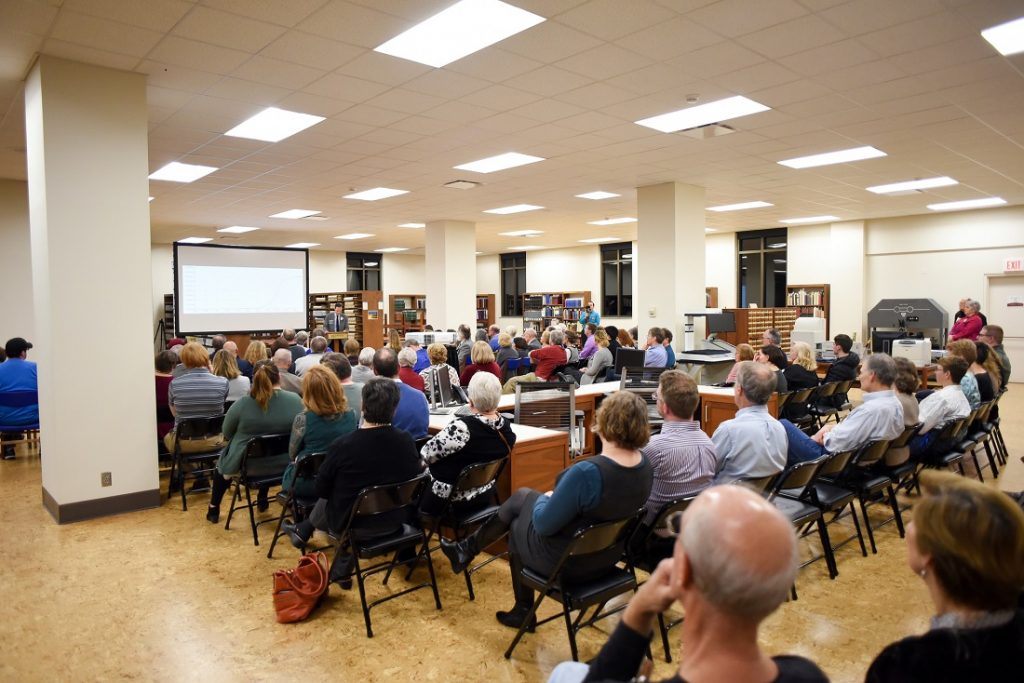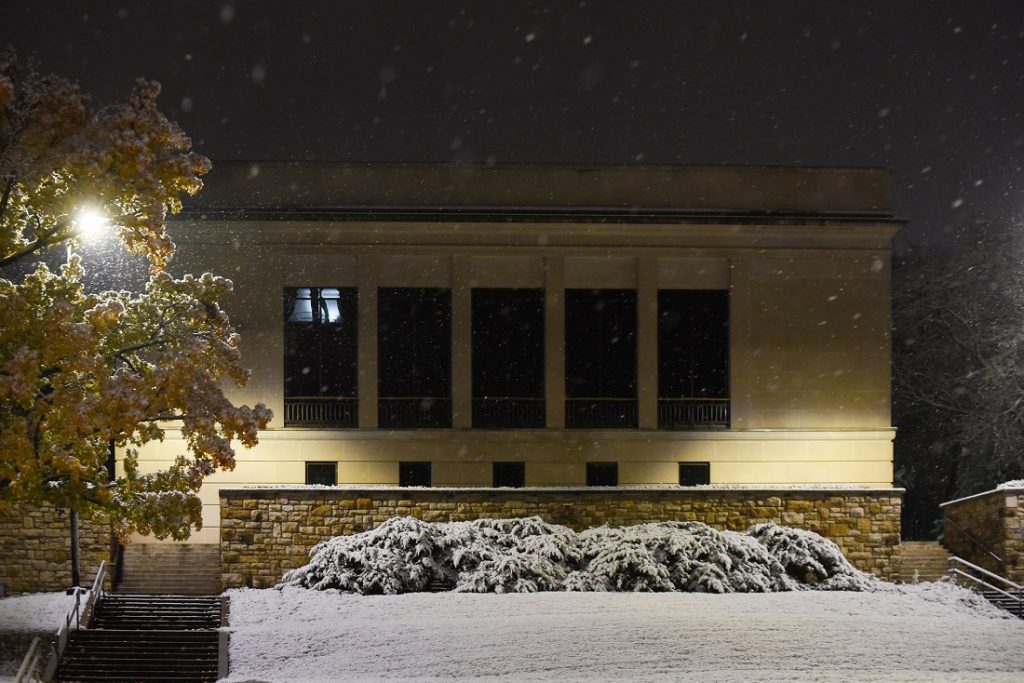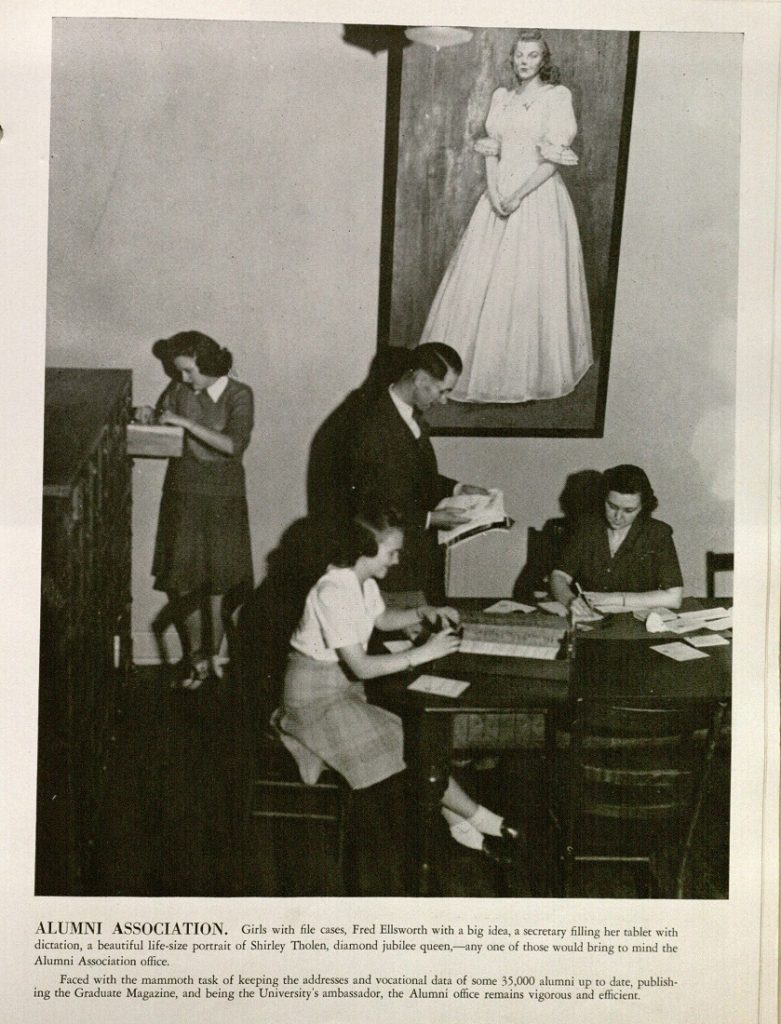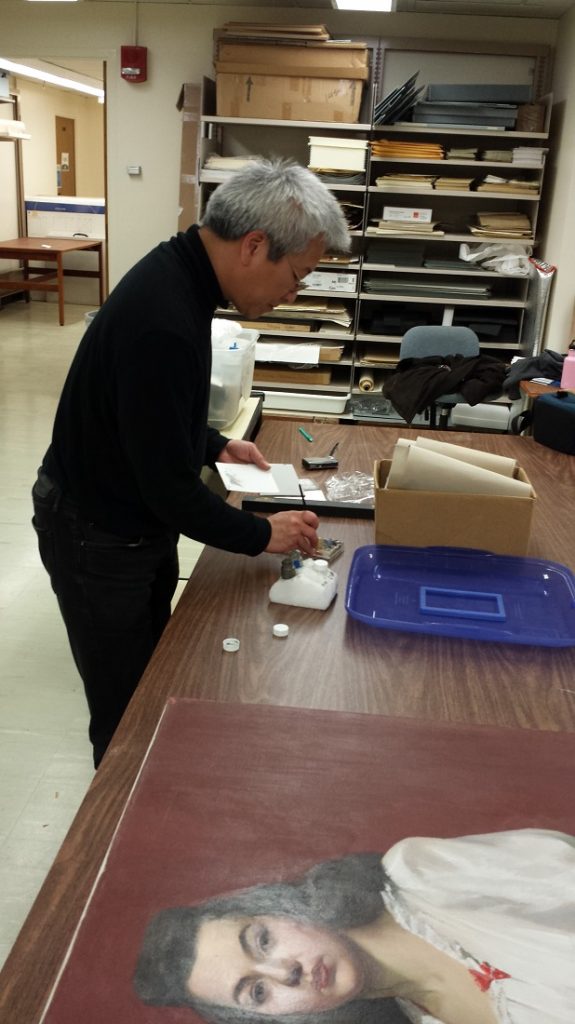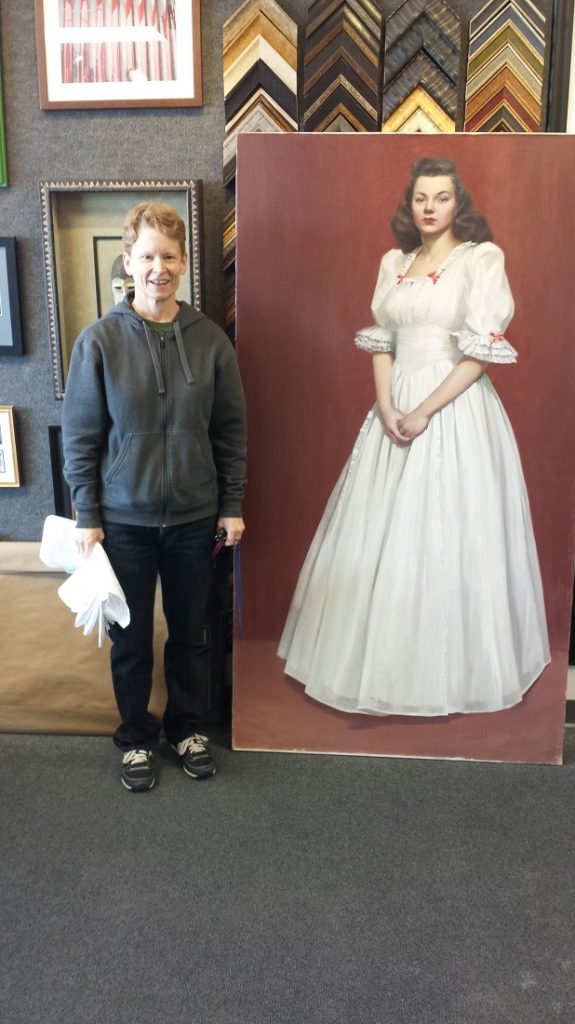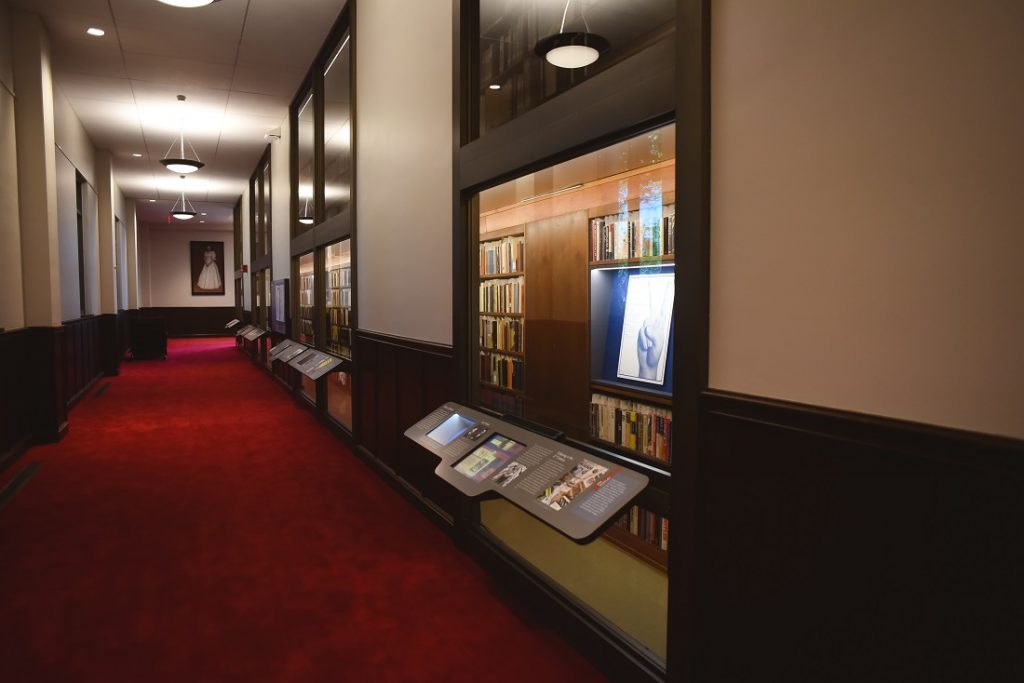Fall Exhibit 2023: To the Great Variety of Readers: Celebrating the 400th Anniversary of Shakespeare’s First Folio
September 28th, 2023Spencer’s current exhibit is free and open to the public in the Exhibit Space through December 22nd. An online version of the exhibit is also available.
I’ve had the joy of working very closely with David Bergeron, Emeritus Professor of English, for several months as we prepare To the Great Variety of Readers: Celebrating the 400th Anniversary of Shakespeare’s First Folio, the first exhibit piloting the David M. Bergeron and Geraldo Sousa Exhibit initiative.
David and I had already been in conversation about exhibits as he and Geraldo developed their generous gift to support faculty research grounded in our collections. This project is very exciting to me, because I believe that exhibits are one of the best ways we can tell the stories of why libraries like this are important for a research university. We had bold ambitions to launch a call for proposals and a timeline, and then, as things happen, we encountered staff departures and a dean departure and all manner of other “reasons” progress was not made.
Luckily for all of us, David is a patient man. He approached me one morning and asked if the library had considered that this fall marked the 400th anniversary of the Shakespeare first folio. To be honest, I was unaware. We were still figuring out when we would have large scale exhibits, coming back from lockdown. The only fixed point on our exhibit schedule at that point was Fall of 2024, when we planned around the exciting centennial of the OTHER gorgeous library on campus, Watson. With David’s inspiration, we had the opportunity not only to work on an exhibit about this important milestone anniversary, but to test-drive collaborative exhibit processes prior to our launch of this program.
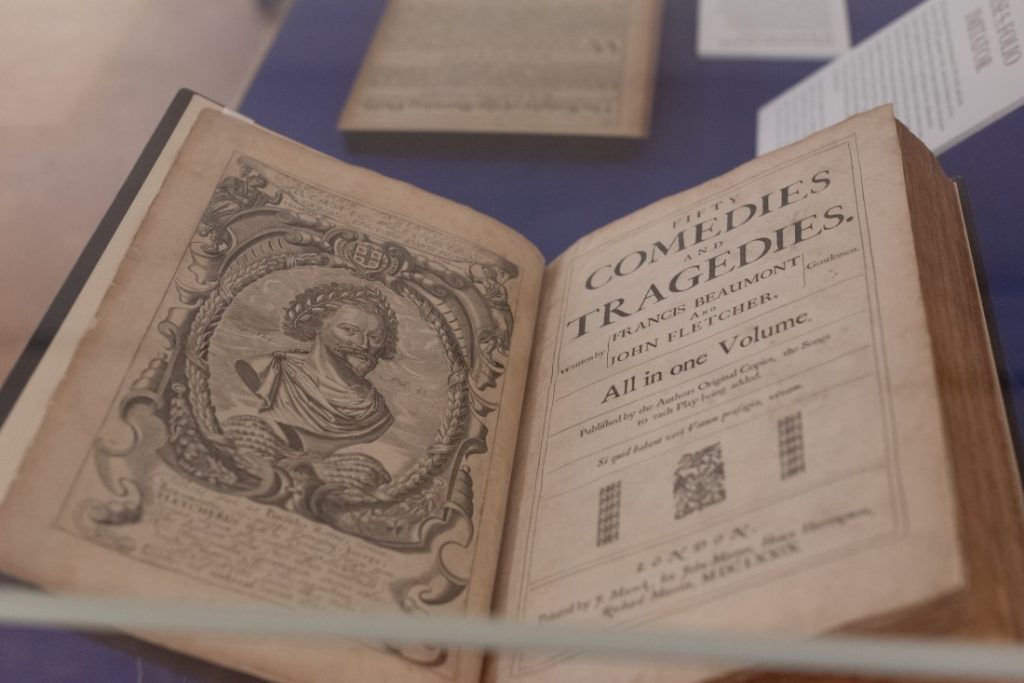
It has been a long time since I worked on a large-scale exhibit in Spencer’s exhibit space: 2018 to be exact, the magnificently fun 50 for 50. In the meantime, my colleagues have done a tremendous job of improving our exhibit processes. For those who don’t know, exhibit design is not as easy as picking which of our marvelous collections to put in a case. That’s the fun part. But it’s not all glamour, and I’d be happy to talk with anyone who wants to nerd out about digital file naming conventions and permissions to use images from other libraries and the perfect balance between font size for readability and size in the cases.
David and Geraldo’s gift is designed to encourage KU faculty to research in, and create exhibits from, the collections at Spencer Library. David isn’t the typical KU faculty member. For one thing, he’s a prolific author who uses our collections, and those of similar libraries, intensively in his research. For another, he’s continued this level of scholarly productivity into his retirement. So he has a lot of great ideas, and a lot of time on his hands, which is an exciting and terrifying combination. As I laid out the basic timeline of exhibit preparation from our end, he did not bat an eye.
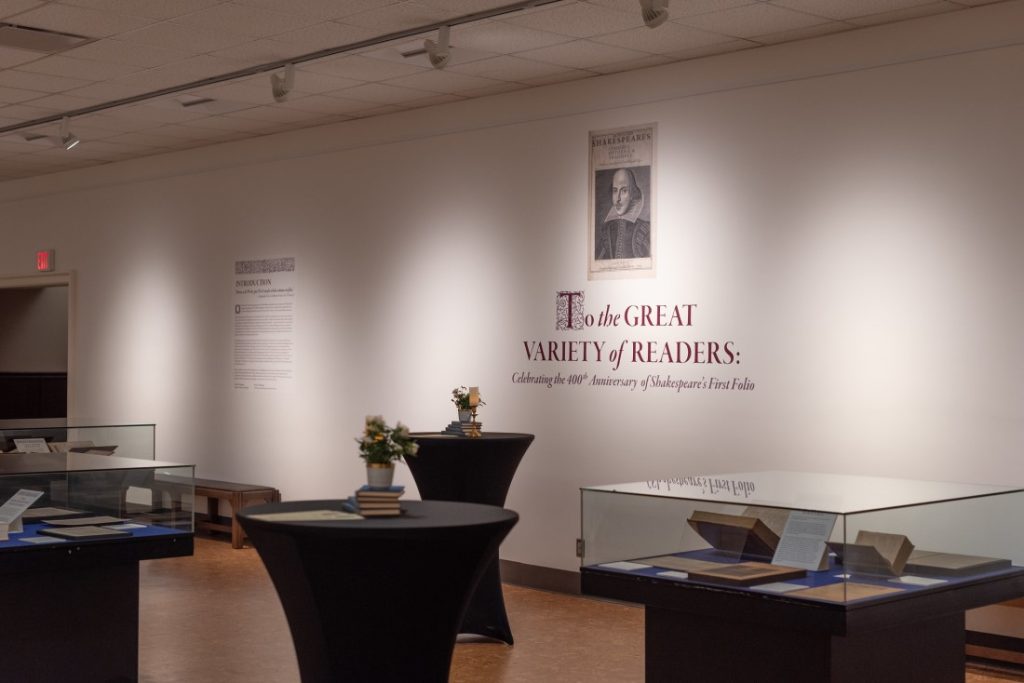
We met roughly every other week to talk about the exhibit. He came up with a list of items very quickly, and not surprisingly, we couldn’t include it all. Spencer holds copies of thousands of significant literary works, but despite what you may hear from student guides on campus, KU Libraries does NOT hold a complete copy of the First Folio. While our friends at the Folger Shakespeare Library were open to lending us one of their many copies, they are closed for renovation.
But David has been gracious about our limitations, and very patient with me as I encouraged him to keep a lay reader in mind. We believe Shakespeare should be accessible to everyone, and so should Spencer Library’s exhibits.

We also had fun planning an event, complete with the excuse I never knew I wanted to order cardboard Shakespeare standees. And finally, stay tuned as we develop more collaborative exhibits with KU faculty. The lessons we learned working with David on this project will make future exhibits easier for the recipients of David and Geraldo’s generosity.
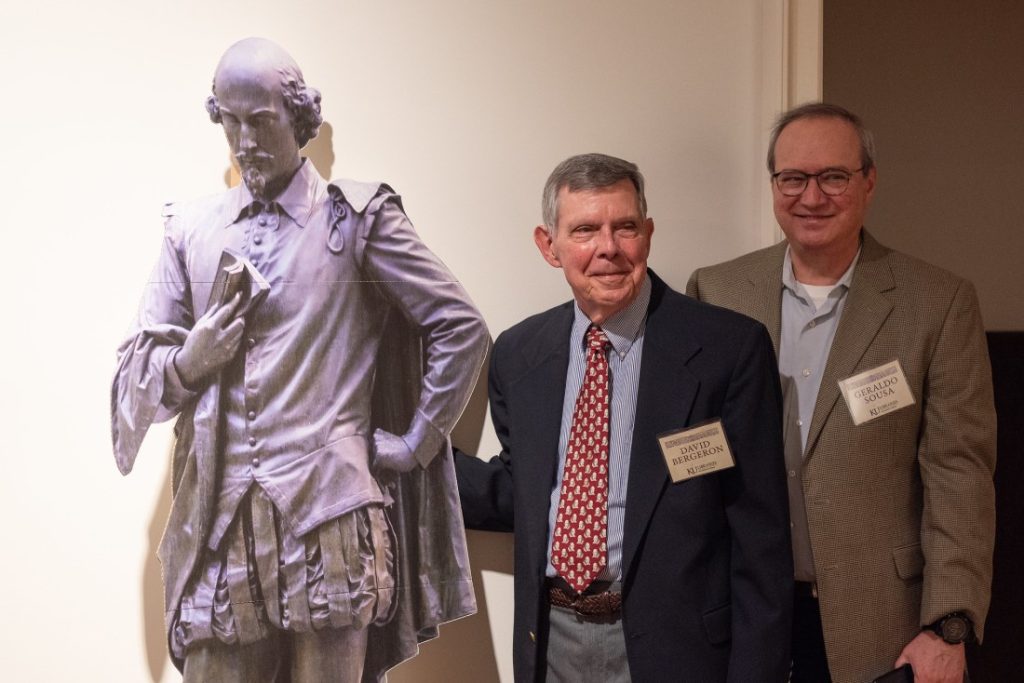
Beth M. Whittaker
Associate Dean for Distinctive Collections
Director of Spencer Research Library

